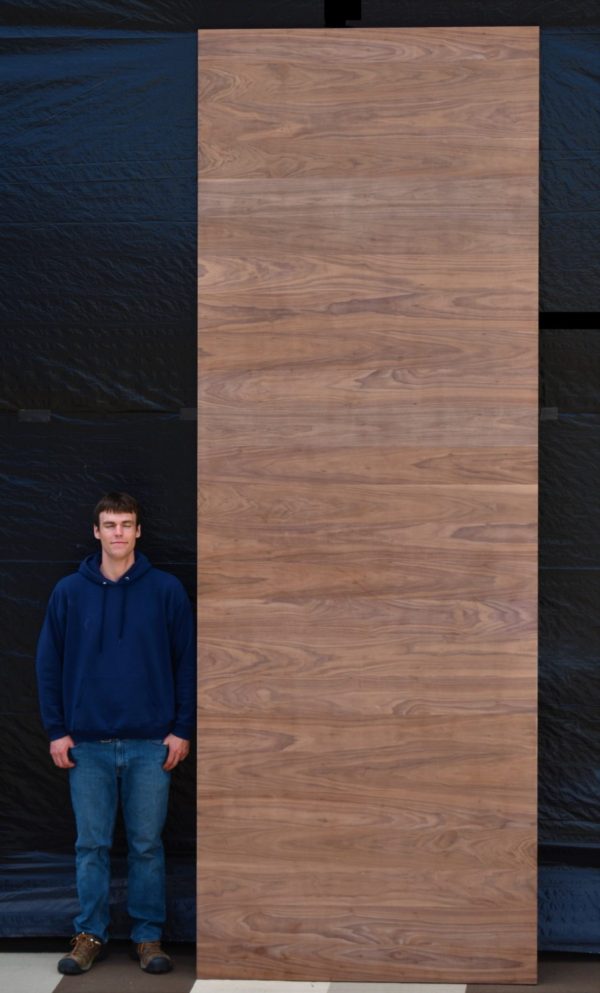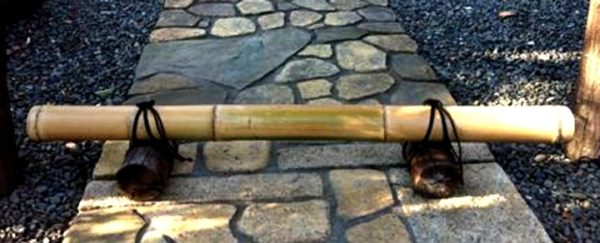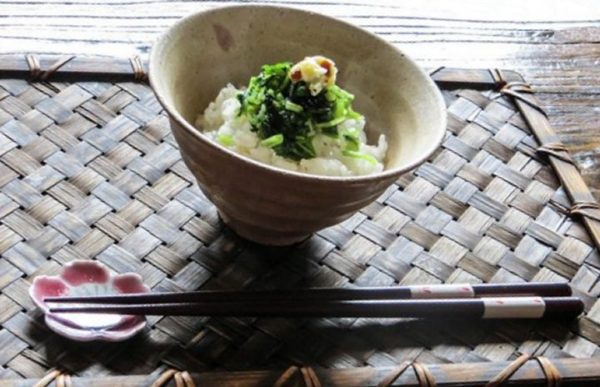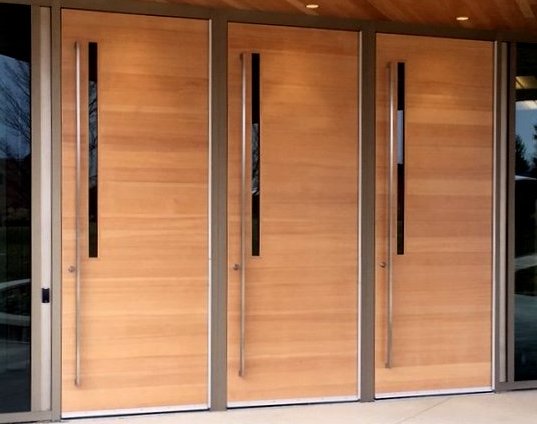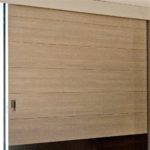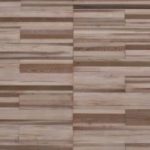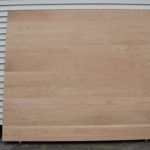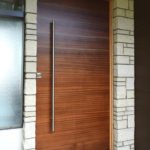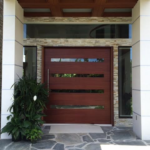Designate Sacred Space
A wooden door can be used to designate sacred space. By orienting the wood grain horizontally instead of vertically, a clear separation between two differing domains is indicated. For instance, the “world” may exist on the outside of the door, while the inside space on the other side of the door is deemed as separate, protected, or sacred.
Feng Shui enthusiasts are attracted to wooden doors with Sing Core inside as entry doors, for the strongest doors are those which also separate two domains, that of the world from the structure’s interior, in a sense, keeping unwanted energies from intruding upon inhabitants.
This idea of preserving or honoring personal or sacred space is a concept which is fully embraced by inventor Peter Sing and his patented Sing Core technologies. This combination of horizontal oriented wood grain, superior strength, and sound deadening capabilities in a front door adds to the creation of a respectful barrier.
This method of creating separation is powerful and one can find clues to support the preferential dictates of such a door. Buddhist and Japanese barriers known as “kekkai” are low profile horizontal markers which indicate a barrier which should not be trespassed upon, and to do so dishonors those who have set aside the space on the other side of the maker as consecrated.
You might see these honorable markers on the ground, so as not to obstruct the view, such as a horizontally placed length of bamboo, rope, chain, or other material placed in this manner. In Japan, these barriers are more effective than fencing-off an area, without disturbing the symbiotic resonance of the surrounding environment.
The onus is on you to respect such a discreet boundary and to honor it yourself, just as evil spirits may. This horizontal kekkai may also mark an area as “private property.” Alternatively, a stone may be placed in the center of a walkway (this is referred to as a sekimori ishi) or garden path indicating that you are unwelcomed to pass into this particular area.
In some traditions, chopsticks are placed horizontally between the meal and the recipient of the meal as a boundary separating the host (he or she who would partake of the meal) from the sacred gift (the food).
In this way, a horizontal wood grain door with Sing Core inside fully supports these philosophies and are increasingly being found in spiritual applications in temples and other sacred spaces.
An added benefit of using horizontal wood grain on your large entry door, is that it is a responsible use of natural resources, as a very tall door (over 10 ft tall) would require special considerations as very long lengths of natural wood are often difficult to find and might require the sacrifice of an otherwise healthy, growing tree. Plus, as custom door builders know, solid wood will move, warp, and crack, unless the door has Sing Core inside.
For exterior doors, it is generally advised to use a little more material because wood veneer is too thin to offer much protection, is easily damaged, and may be difficult to repair. While a layer of wood (referred to as wood stave) which is between 1/8th of an inch and 1/4-inch is about perfect for any door with Sing Core inside. You might be surprised to discover that 1/8th-inch wood stave is far more dimensionally stable and looks like solid wood.
Exterior doors made with Sing Core inside are guaranteed not to warp, bend, twist, or otherwise fail for fifty years. No other door can offer such a guarantee, further sustainably honoring you and your sacred space.
Horizontal oriented wood grain honors the sacredness of Mother Nature’s gift of wood, maximizing its benefits to the world, while offering a sacred protection adding to safety, security, and peace of mind to you and yours. Elements difficult to find in any ordinary large entry door.

